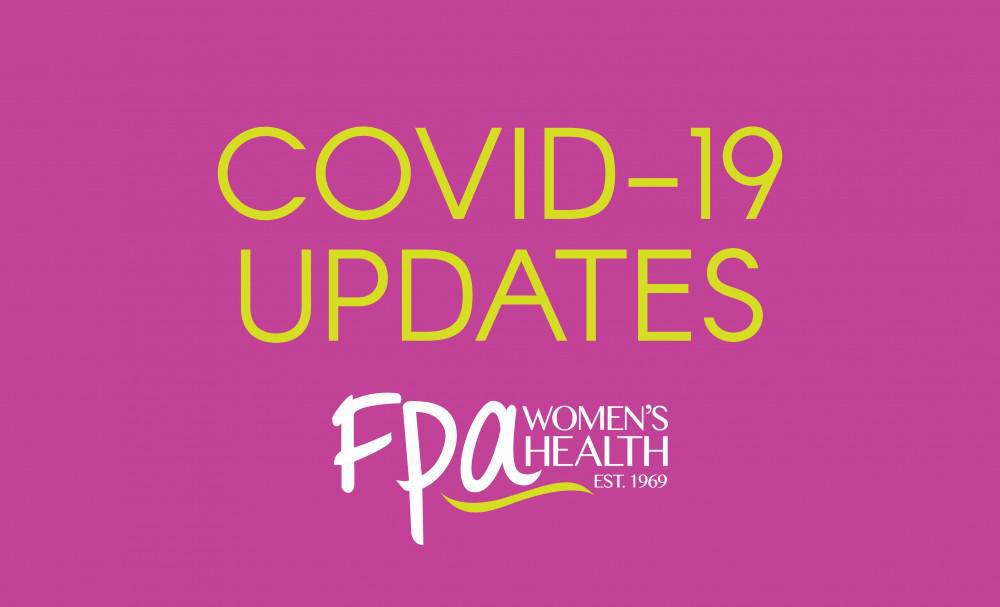FPA: Telecolposcopy is advancing Women’s health
The mission of FPA Women’s Health is to advance women’s health. From its beginnings as a lone service provider, it has expanded to provide a wide range of gynecological healthcare solutions. The needs of thousands of women are met by FPA, which has 23 facilities throughout California.
To expand the range of care they can provide to this mixed culture, FPA is now embracing telecolposcopy.
85% of FPA patients, with an emphasis on underserved communities, are uninsured at the time of their initial encounter. However, patients may seek presumed eligibility for Medi-Cal coverage under California law. It makes it possible for FPAA to provide patients free coverage at the point of care.
Access to preventative medication is made possible by emergency care.
The women that FPA serves are frequently reluctant to seek preventative care because they lack health insurance and come from places where there is typically limited access to healthcare.
Dr. Rachel Steward, the FPA Medical Director, claims that women visit doctors for their children but seldom for themselves.
This anecdotal description of patient reactions reflects a real-world situation. The majority of our patients’ entry point into care, according to Dr. Steward, is a gynaecological emergency, such as a problem with family planning, unexplained bleeding, or painful periods. Following patient registration in the FPA system, doctors urge the patient to undergo routine well-woman screening.
Geographical challenges for FPA Women’s Health
Some FPA patients live in geographically underserved locations, while others are underserved because of social or socioeconomic hardships. If they are in Fresno or central LA, each of FPA’s 23 sites is commit to offering the same high-quality treatment. You might think it would be simple for patients to receive healthcare in California, but Dr. Steward explains the FPA’s dedication to accessibility. However, it might be difficult to access high-quality healthcare in some areas, even in California.
FPA has expanded its capacity to provide a full spectrum of women’s health services within a manageable distance of patients by turning to innovative technology to get around this challenge. The term “telehealth” has gained popularity. It has been essential for FPA to expand the range of its colposcopy services.
“We faced a geographic issue, not only in providing colposcopy services easily to patients but even more so in training new colposcopies,” the statement continued. The doctor clarified. Before a clinician may be certified, the ASCCP mandates that they be directly observed doing 25 colposcopies.
Solution using EVA System
The EVA System, a mobile-connected colposcope that allows remote consultation, was chosen by FPA to help them address this difficulty. The EVA System jointly addresses the increased patient access and professional oversight issues. At FPA women health, the Director of Nursing is Bonnie Betts, NP. She was one of the first medical professionals in the country to employ the EVA System. She said, “I have EVA with me wherever I go. We had a giant dinosaur-shaped colposcope when I first started conducting colposcopy, which kept me confined to a single clinic. If I could transport it from one room to the next, I would be lucky.
The compact EVA System is so small that it can be tuck under one arm. “EVA is my “dancing partner,” as the other nurses call her,” Bonnie joked.
“One of my favorite things about employing EVA is the potential for patient education. Before, during, and after the procedure, I display to the women their cervix on the screen. When they can see what is happening, the fear disappears.
FPA Women’s Health offers telecolposcopy
For telecolposcopy, also known as remote colposcopy, the EVA System has offered a special option for clinician training. Bonnie supervises the brand-new FPA trainees as an ASCCP-certified colposcopy mentor. We’re looking forward to using EVA remotely, says Bonnie. Two of my mentees work in clinics in distant locations. One is only 150 miles far. The other is 500 miles away. Without EVA, we couldn’t complete the mentoring.
Bonnie can watch the procedure happening hundreds of miles away in real-time on her computer or through her EVA System, thanks to the EVA system’s remote collaboration feature.
I’m not seated next to you, but I might as well be Bonnie’s replies. She can hear about the procedure from me. Then, as she performs the colposcopy, I pay attention to her comments and offer any suggestions.
In her role as Medical Director, Dr. Steward discusses how the telecolposcopy program helps her. “Regarding quality control, this process is pretty reassuring. I have the option of reviewing the process or viewing the pictures that were taken. In addition, it provides control over the entire software.
One of the first healthcare organizations in the US to use telecolposcopy to expand its colposcopy services is FPA Women’s Health. They likely won’t be the last, anyway.
According to Dr. Steward, being on the cutting edge of women’s health and having access to technology that can improve healthcare in underserved regions of the world is amazing.



